Who doesn’t want a bigger savings account? With more money in the bank, you can take more vacations, pay off debt, make home improvements and even purchase a house. Unfortunately, saving money is easier easier said than done.
Many people have good intentions, but when it comes to actually saving, they drop the ball. It’s not entirely their fault. Nothing in this world is designed to make saving money simple. There’s the higher cost of housing, food and fuel. And because employment raises can be few and far between, most people earn just enough to cover their living expenses. But even if your present financial situation isn’t conducive to saving, you can take your savings account to the next level. I recently read a story about a newlywed couple who paid off $52,000 of consumer debt in 18 months, and there is a man who dug himself from under $80,000 of debt. Of course, no two stories or circumstances are alike. But if you work with what you have, you can increase your personal savings.
1. Increase Your 401(k) Contributions.
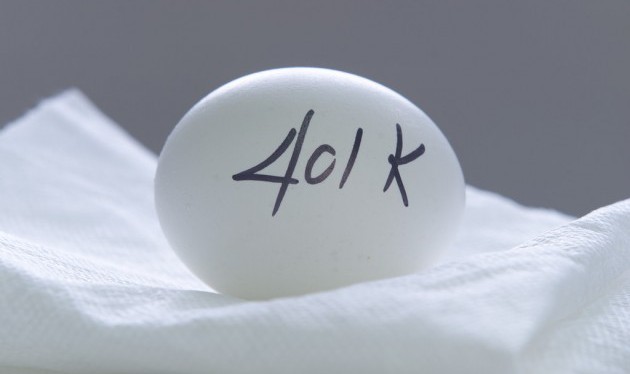 Stop dragging your feet with regards to retirement planning. Even if you’re in your early 20s or 30s, it’s never too early to think about retirement. If your employer offers a 401(k) plan, talk to the benefits manager about joining the plan. And if you already participate in the plan, review your finances to see if you can increase your contributions. The money in your 401(k) retirement plan isn’t liquid like your bank savings account, and if you take an early withdrawal you’ll get hit with a penalty. However, if you lose your job or stumble upon other financial hardship, you can tap into this fund and cover expenses.
Stop dragging your feet with regards to retirement planning. Even if you’re in your early 20s or 30s, it’s never too early to think about retirement. If your employer offers a 401(k) plan, talk to the benefits manager about joining the plan. And if you already participate in the plan, review your finances to see if you can increase your contributions. The money in your 401(k) retirement plan isn’t liquid like your bank savings account, and if you take an early withdrawal you’ll get hit with a penalty. However, if you lose your job or stumble upon other financial hardship, you can tap into this fund and cover expenses.
2. Open a Certificate of Deposit.
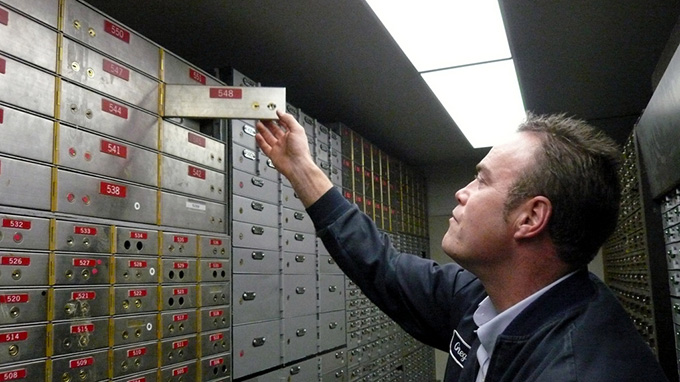 Some people frown upon certificate of deposits because cash in these accounts is unavailable for a certain number of months or years. But if you’re serious about saving, a certificate of deposit can take your savings to the next level. This is one of the safest investment strategies, and by opening a CD, you’re essentially investing your cash with the bank. But there’s a catch. Unlike money market and personal savings accounts, you cannot visit an ATM and withdraw cash from a CD at will. Funds in this account are tied up for the duration of the term, which can be six months to five years. A certificate of deposit can work if you’re bad with saving your money. These accounts force you to leave your cash in the bank, which isn’t exactly a bad thing. The longer you keep your money in the CD, the higher your return.
Some people frown upon certificate of deposits because cash in these accounts is unavailable for a certain number of months or years. But if you’re serious about saving, a certificate of deposit can take your savings to the next level. This is one of the safest investment strategies, and by opening a CD, you’re essentially investing your cash with the bank. But there’s a catch. Unlike money market and personal savings accounts, you cannot visit an ATM and withdraw cash from a CD at will. Funds in this account are tied up for the duration of the term, which can be six months to five years. A certificate of deposit can work if you’re bad with saving your money. These accounts force you to leave your cash in the bank, which isn’t exactly a bad thing. The longer you keep your money in the CD, the higher your return.
3. Contribute to an IRA
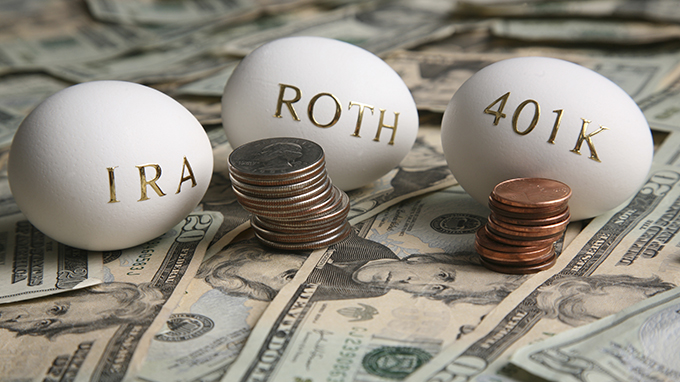 Don’t rely on a 401(k) or employee pension plan to get through retirement. These accounts will provide income during your retirement years, but it may not be enough. Be smart and take advantage of other retirement options, such as an individual retirement account (IRA). An IRA isn’t a specific investment account, but rather a portfolio of different investments. You can open an IRA with your bank, a financial advisor or a brokerage firm. And with an account, you can choose to invest in bank CD’s, mutual funds, stocks, bonds, money market accounts, etc. IRAs grow your personal net worth, and help contribute to a better retirement. In 2013, the contribution limit for an IRAs is $5,500 ($6,500 if you’re over the age of 50).
Don’t rely on a 401(k) or employee pension plan to get through retirement. These accounts will provide income during your retirement years, but it may not be enough. Be smart and take advantage of other retirement options, such as an individual retirement account (IRA). An IRA isn’t a specific investment account, but rather a portfolio of different investments. You can open an IRA with your bank, a financial advisor or a brokerage firm. And with an account, you can choose to invest in bank CD’s, mutual funds, stocks, bonds, money market accounts, etc. IRAs grow your personal net worth, and help contribute to a better retirement. In 2013, the contribution limit for an IRAs is $5,500 ($6,500 if you’re over the age of 50).
4. Bank Saving Options
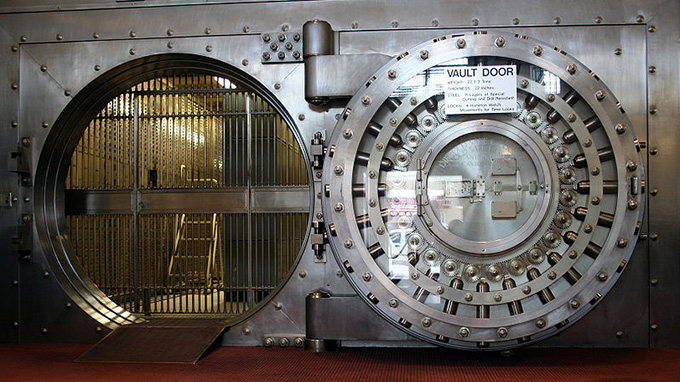 Banks know the value of a personal savings, and many financial institutions make it easy for account holders to build their nest egg. Not only can you open one of many different types of savings accounts, some banks give the option of automatic savings. The specific features of this program vary depending on the bank, but they’re all designed to increase your savings faster and effortlessly. For example, for each debit card transaction, some banks will automatically deduct and transfer $1 from an account holder’s checking account to his savings account. And with roundup programs, some banks roundup every debit card transaction to the nearest $1 and then deposit the difference into the account holder’s savings account.
Banks know the value of a personal savings, and many financial institutions make it easy for account holders to build their nest egg. Not only can you open one of many different types of savings accounts, some banks give the option of automatic savings. The specific features of this program vary depending on the bank, but they’re all designed to increase your savings faster and effortlessly. For example, for each debit card transaction, some banks will automatically deduct and transfer $1 from an account holder’s checking account to his savings account. And with roundup programs, some banks roundup every debit card transaction to the nearest $1 and then deposit the difference into the account holder’s savings account.
5. Take 10% Off the Top
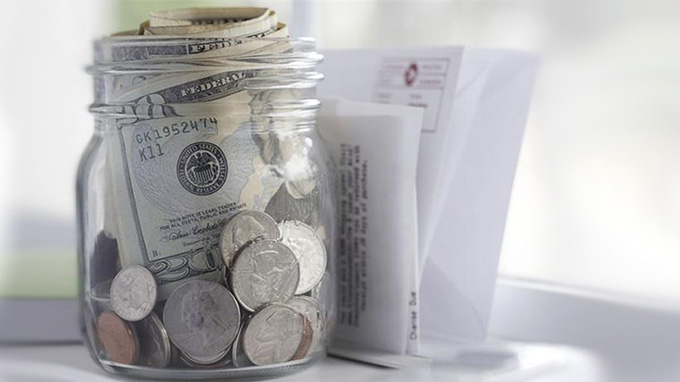
Nobody every said saving money was easy, and if you’re ready to build a liquid financial cushion, make every effort to pay yourself first. Sure, it’s a hard concept to grasp, especially if you’re living paycheck-to-paycheck. But if your landlord increased your rent, or if your employer has to deduct more from your check for health insurance, you would probably find a way to live without the extra money. Not to say that your finances wouldn’t feel the pinch, but you’ll eventually adjust. This is how you have to approach saving your money. There are a million things you can do with 10% of your income – go shopping, hang out with your friends, order the best cable package and hire someone to help around your house. But these choices don’t have long-term benefits. The more cash you put aside, the easier it is to survive a financial crisis. And maybe 10% is a stretch – can you put aside 5% of your income? It’s not so much about the percentage – it’s all about consistency and prioritizing.
